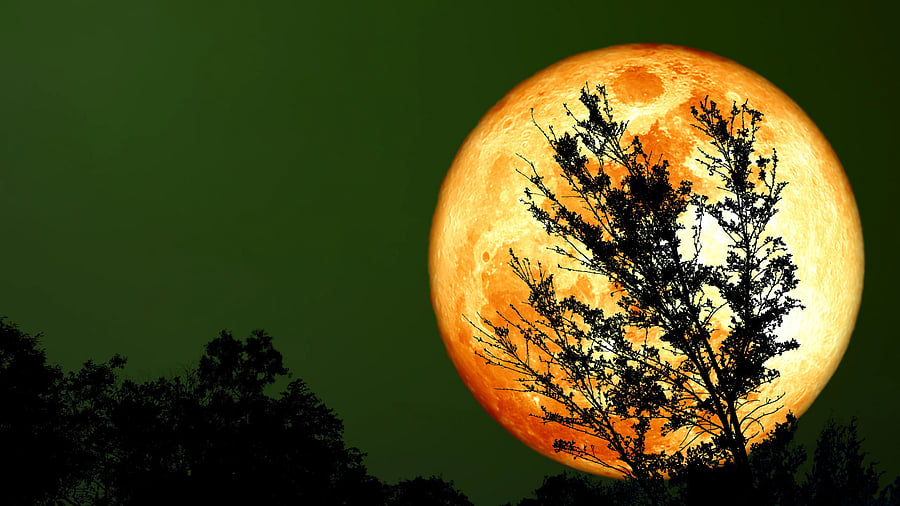
Representative image for Sturgeon moon
Credit: iStock Photo
One of the most notable events in the astronomical calendar comes in August, when the full Moon will be visible, also called the Sturgeon moon. The name for the the August full moon derives from the fact that sturgeon fish were easily caught during this time in the Great Lakes region.
Here is all you need to know about the sighting of Sturgeon Moon:
The Sturgeon Moon is also known by other names such as 'Green Corn Moon', 'Grain Moon' and 'Red Moon'.
Sturgeon Moon will be seen on August 9, 2025, and will reach its peak illumination at 3:55 am ET. Gazers must look at the eastern horizon at sunset to look for the rise.
Right after sunset, there will be near identical moonrises on August 8 and 9, which is a phenomena due to a 'shortened moonrise delay' which is of about 30 minutes between the two nights.
BBC Sky at Night Magazine reported that this is the last full Moon of summer 2025, and also noted this to be the return of the longer and darker nights of winter.
After three days, that is on August 12, the Moon will be making a close pass to Saturn and Neptune.
A meteor shower follows:
Following the Sturgeon Moon's rise, there will be a meteor shower on August 12 and 13, called the Perseid meteor shower. High frequency of bright meteors can be witnessed during this time. During this period, there are chances of witnessing about 100 meteors per hour in dark sky.
